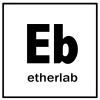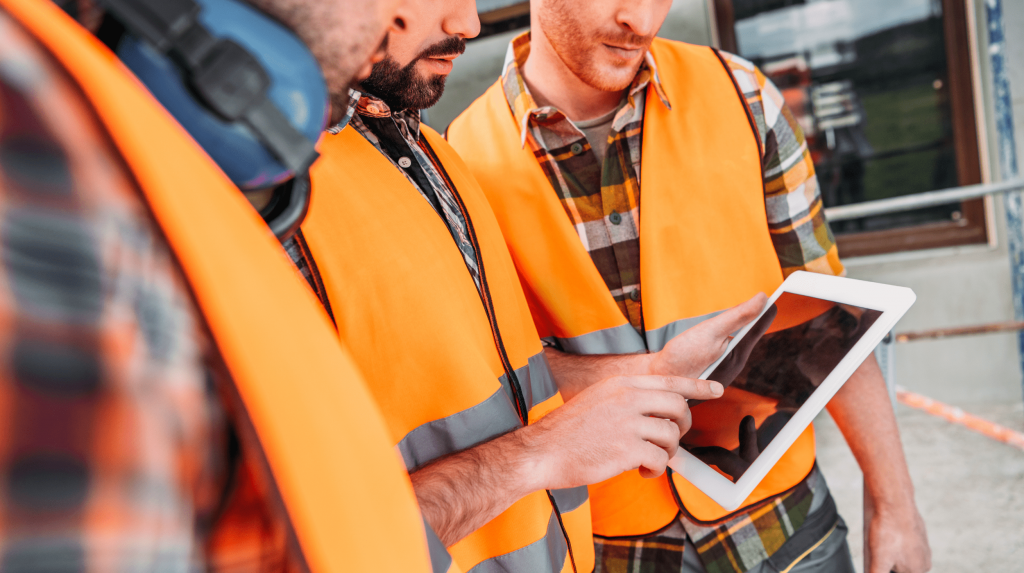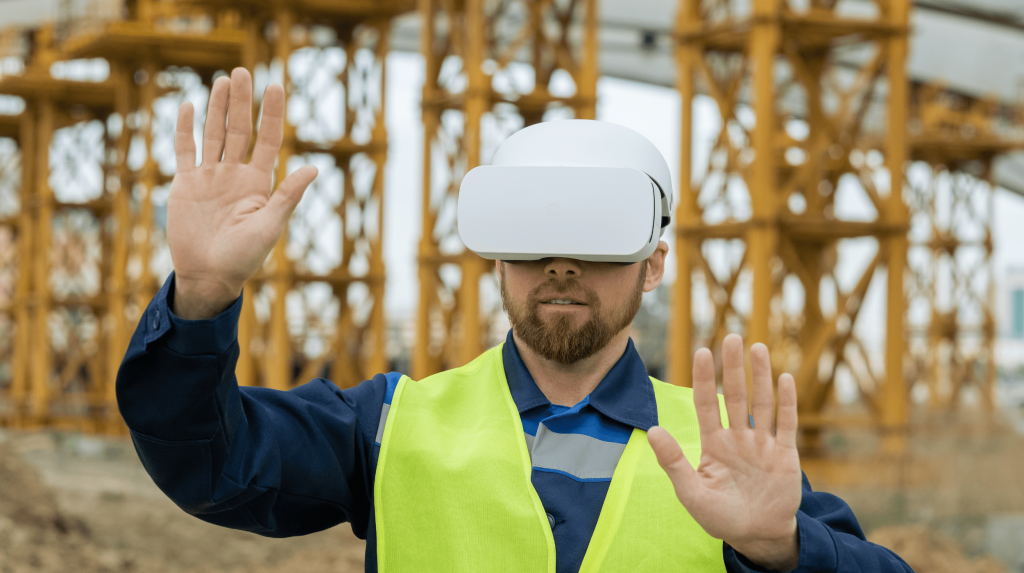" In a mine it would be a safe visit. They won't show the students dangerous situations ! "
Jean-François Huard
Mineral Technology Teacher
" The advantage of using virtual reality is to make the health and safety course more interesting for students. This subject is difficult to contextualize and is usually perceived as boring by students. "
Nadia Paquet
Mineral Technology Teacher
" Virtual reality can also be applied in other programs. It is difficult to hire actors and replay scenarios in a way that is always consistent... With virtual reality, the staging is always the same... The experience remains the same from one student to another. "
Éric Cloutier
Techno-pedagogical advisor



